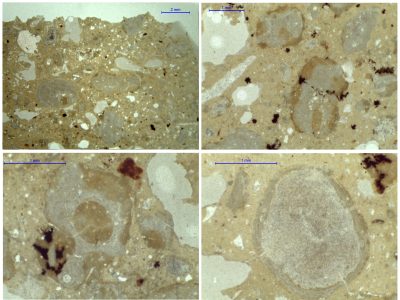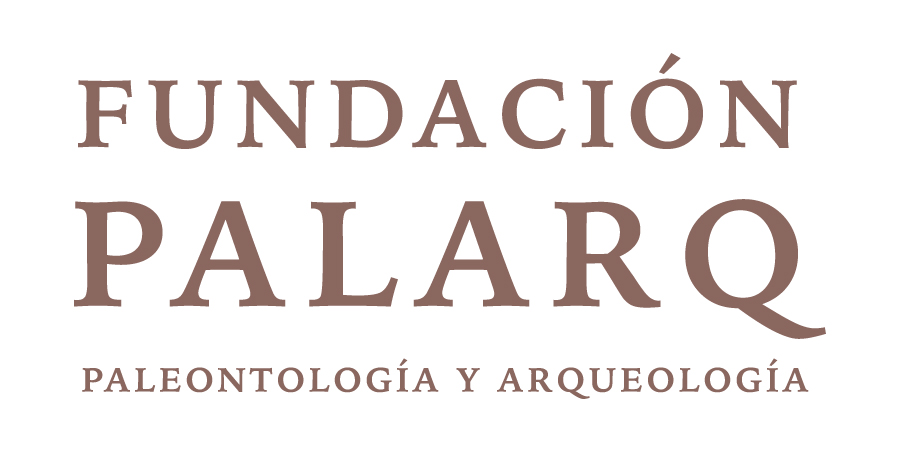
With this project we want to determine the use of different substances, natural and anthropic, applied to the construction of structures between the 3rd and 1st millennium BC in the southeast of the Iberian Peninsula.
The multipurpose analysis of different samples from almost twenty settlement sites in this territorial framework and covering a wide chronology will allow us to approach the historical development of the productive and constructive processes, obtaining a diachronic vision.
The main objective is to gain an in-depth knowledge of the construction processes and practices that were carried out in this temporal and geographical framework, through the identification and study of these different substances, about the selection of natural resources (of plant and geological origin) and their transformation (possible stabilising substances derived from plants, lime, gypsum, pigments), as well as the reuse of domestic (ash) and agricultural waste (straw, dung).
With a combination of techniques, we seek to characterise the materials on a mineralogical and chemical level, to identify these substances, to characterise pigments, but also to open up the possibility of detecting other substances that may have been used in the buildings and which, rarely considered, are not visible on a macrovisual level or even by means of some of these techniques, unless other techniques are specifically applied that allow their detection, such as plant juices, urine, blood, milk, etc. For this purpose, a combination of techniques will be applied to try to identify them at a biochemical level. Although the identification of these substances has been applied to a greater extent to ceramic containers or soils, with few exceptions very few applications have been made to earthen construction remains.
In this way, we aim to approach questions such as the degree of environmental exploitation and the development of waste reuse practices, in association with a sort of circular economy in these societies with a farming way of life, as well as their production and innovation processes in the general framework of their daily activities and, integrated into these, the construction solutions they implemented.






